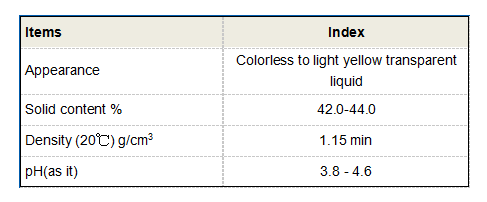Polyacrylamide Flocculant for Effective Water Treatment
The Role of Polyacrylamide Flocculants in Water Treatment
Polyacrylamide (PAM) is a synthetic polymer that has gained popularity in water treatment processes due to its effective flocculation properties. As environmental concerns regarding water quality rise, PAM has emerged as a vital agent in the clarification and purification of wastewater and drinking water. This article explores the mechanisms, benefits, and applications of polyacrylamide flocculants in water treatment.
Flocculation is the process by which fine particulates are agglomerated into a floc, which can then be easily removed from water. PAM functions by interacting with suspended particles, leading to the formation of larger aggregates that settle out of the aqueous solution. The polymer’s high molecular weight enhances its performance, allowing it to bridge particle surfaces effectively and promote floc formation.
One of the primary advantages of using polyacrylamide flocculants is their versatility. PAM can be tailored to suit various applications by adjusting its charge density and molecular weight. Depending on the specific requirements of the water treatment process, PAM can be cationic, anionic, or nonionic. Cationic PAM is particularly effective in treating industrial wastewater, where the presence of negatively charged particles can hinder traditional coagulation processes. Anionic PAM, on the other hand, is often used in municipal water treatment facilities to enhance the sedimentation of suspended solids.
polyacrylamide flocculant water treatment

Moreover, polyacrylamide flocculants contribute to the reduction of chemical additives required in water treatment processes. This reduction not only lowers operational costs but also minimizes the potential for chemical residuals in treated water. As a result, PAM helps in achieving regulatory standards for water quality while promoting sustainable practices within the industry.
The application of PAM in water treatment extends beyond traditional flocculation processes. It is also employed in sludge dewatering, where it improves the efficiency of solid-liquid separation. This application is particularly beneficial in reducing the volume of sludge generated, thus lowering disposal costs and minimizing environmental impact.
Despite its advantages, the use of polyacrylamide flocculants must be managed carefully to mitigate potential environmental concerns. Uncontrolled leaching of PAM into natural water bodies can pose risks to aquatic ecosystems. Therefore, monitoring and regulation are crucial in maintaining the balance between effective water treatment and environmental protection.
In conclusion, polyacrylamide flocculants play a significant role in modern water treatment processes. Their ability to enhance flocculation, reduce chemical usage, and improve sludge management makes them indispensable in the quest for cleaner water. As water quality challenges continue to evolve, the development and optimization of PAM-based solutions will be essential in ensuring a sustainable water future.
-
Water Treatment with Flocculant Water TreatmentNewsJun.12,2025
-
Polymaleic AnhydrideNewsJun.12,2025
-
Polyaspartic AcidNewsJun.12,2025
-
Enhance Industrial Processes with IsothiazolinonesNewsJun.12,2025
-
Enhance Industrial Processes with PBTCA SolutionsNewsJun.12,2025
-
Dodecyldimethylbenzylammonium Chloride SolutionsNewsJun.12,2025





